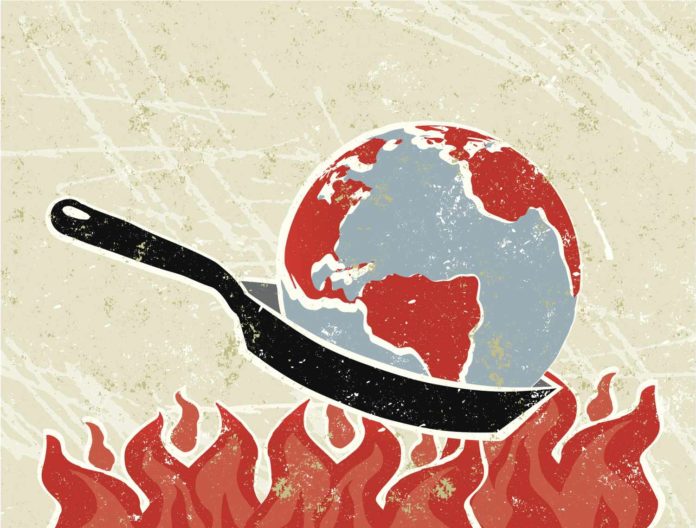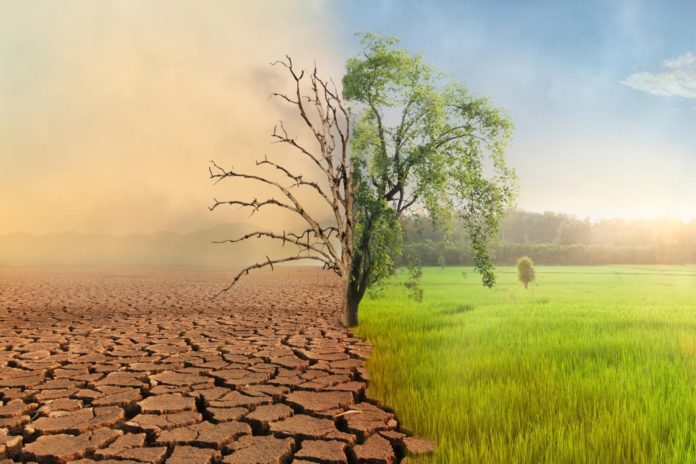Have you heard of the term “environmental refugees”? This was first mentioned in a 1985 report by the United Nations Environment Programme (UNEP). The term is frequently utilized in political and social discourses regarding climate change and migration. It refers to people who have been forced to abandon their homes and livelihoods as a result of climate disasters such as drought, heatwaves, heavy floods, and wildfires. Climate change has led to increased migration of people and communities, causing devastating effects on the environment. The U.N. High Commissioner for Refugees reports that climate disasters cause up to 21.5 million people to be displaced annually. There is evidence that this number will continue to rise unless actions are implemented to address the issue.
Climate influences all aspects of life on earth. These cycles influence the decisions of both animals and humans. For instance, unfavorable weather conditions can significantly impact crop growth, thereby reducing their supply availability. Most of the global population, particularly those from developing economies like Africa and Asia, rely on seasonal food supplies for their livelihoods. A shortage of a staple crop leads to significant financial losses for farmers and other stakeholders in the supply chain. The increase in living costs primarily affects consumers, who are already struggling to make ends meet.
Flooding has led to a rise in the number of people leaving villages and towns in El Salvador. These individuals often end up in cities with limited resources to survive. Individuals often become easy targets for gangs and drug peddlers, exacerbating societal issues. Agriculture is a crucial source of sustenance for a significant portion of Sub-Saharan Africa. Most farmers are subsistence farmers who lack knowledge about current farming techniques. These farmers rely on weather and farming methods, and abnormal weather conditions like excess rainfall or heat can impact annual yield quantity. Drought in Mali and Niger is causing concerns about potential food crises in a region already grappling with economic issues. This issue is not only occurring in Sub-Saharan Africa but also in other regions. Canada experienced its most severe wildfire in recorded history, causing over 100,000 people to flee and 25,000 indigenous community members to be affected.
The rise in migration is primarily due to the inability to reduce greenhouse gas emissions and prevent global temperature rises, thereby causing more climate disasters. The global crisis requires immediate attention and concerted efforts to mitigate its effects and address its root causes. Governments, international organizations, civil society, and the private sector must collaborate to implement policies and initiatives aimed at mitigating climate change drivers and promoting community resilience. This involves investing in renewable energy, sustainable agriculture, and robust infrastructure, as well as bolstering social safety nets and catastrophe preparedness plans.





